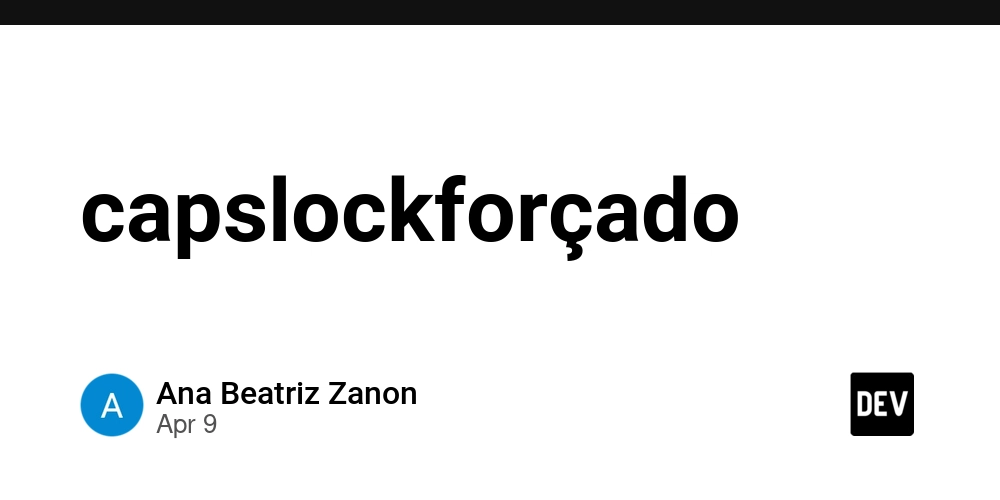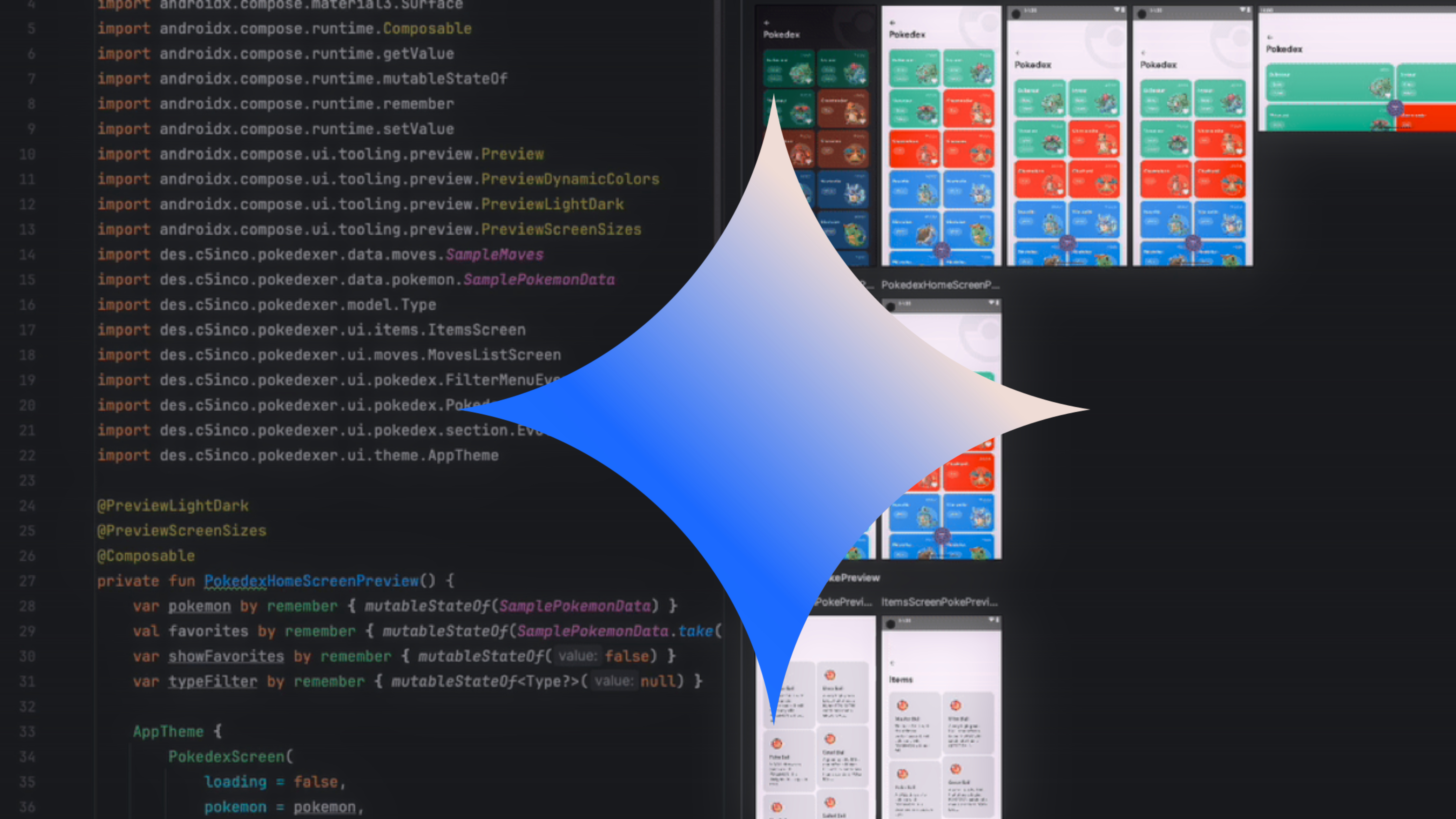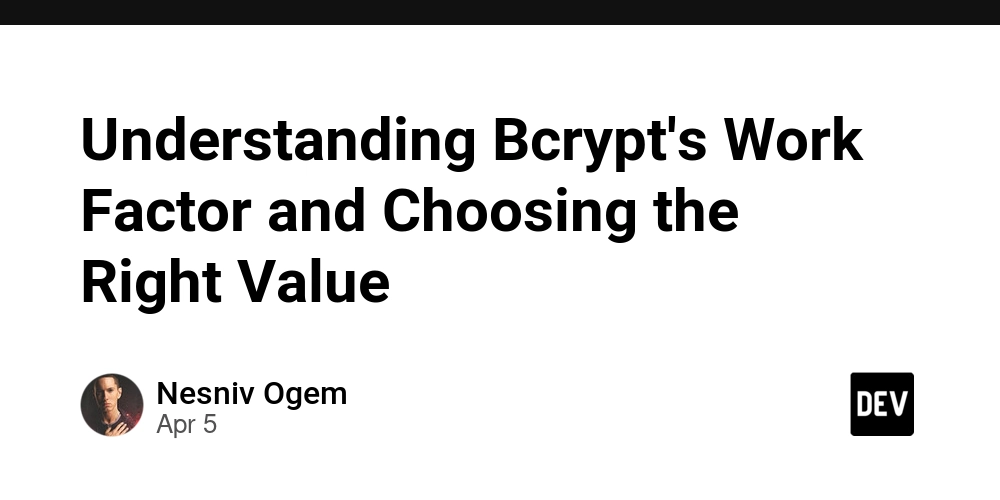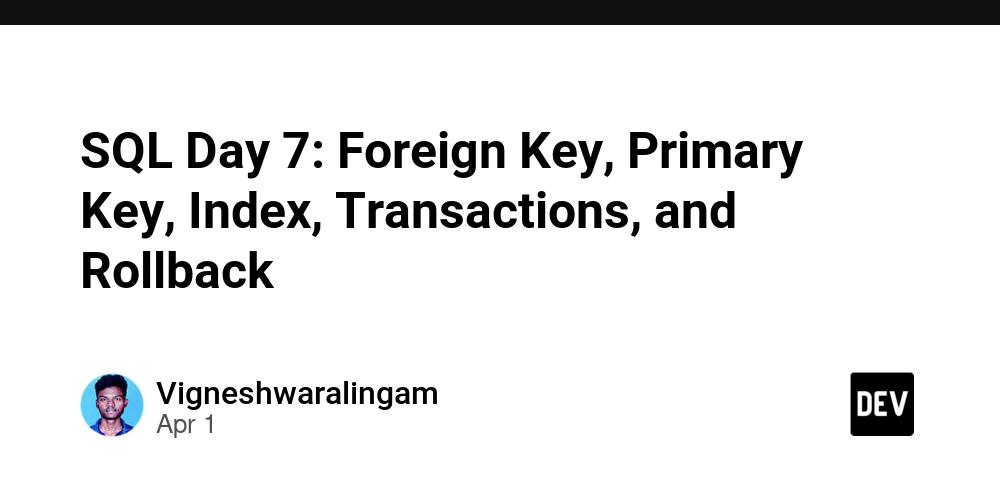Unlocking KQL: Learning from all the queries
Intro: Building on the basics covered in our previous post, we'll dive into more complex queries, real-world scenarios, and optimization techniques to enhance your data analysis skills in Azure Application Insights. Introduction to KQL and Basic Commands Bala Madhusoodhanan ・ Jan 28 #appinsights #azure #kql Some more Commands KQL offers a range of advanced commands that allow for more complex data manipulation and analysis. Here are some of the key commands: take: Limits the number of rows returned. customEvents | take 10 Use Case: Quickly previewing a small subset of data. sort: Orders rows based on a specified column. customEvents | where cloud_RoleInstance == "Chatbot instance name" | take 50 | sort by timestamp desc Use Case: Sorting requests by the most recent timestamp. Optimizing Queries Tips for Efficient Querying: After numerous trials and errors, and diligently writing KQL queries while adhering to best practices, I've found that structuring the query as outlined above yields the most efficient and effective results. This approach ensures optimal performance by filtering data early, minimizing unnecessary data movement, and leveraging appropriate operators. By following these guidelines, you can achieve more accurate and faster query execution, making your data analysis in Azure Application Insights both powerful and streamlined.

Intro:
Building on the basics covered in our previous post, we'll dive into more complex queries, real-world scenarios, and optimization techniques to enhance your data analysis skills in Azure Application Insights.
Some more Commands
KQL offers a range of advanced commands that allow for more complex data manipulation and analysis. Here are some of the key commands:
take: Limits the number of rows returned.
customEvents
| take 10
Use Case: Quickly previewing a small subset of data.
sort: Orders rows based on a specified column.
customEvents
| where cloud_RoleInstance == "Chatbot instance name"
| take 50
| sort by timestamp desc
Use Case: Sorting requests by the most recent timestamp.
Optimizing Queries
Tips for Efficient Querying:
After numerous trials and errors, and diligently writing KQL queries while adhering to best practices, I've found that structuring the query as outlined above yields the most efficient and effective results. This approach ensures optimal performance by filtering data early, minimizing unnecessary data movement, and leveraging appropriate operators. By following these guidelines, you can achieve more accurate and faster query execution, making your data analysis in Azure Application Insights both powerful and streamlined.










































































































































































![[The AI Show Episode 143]: ChatGPT Revenue Surge, New AGI Timelines, Amazon’s AI Agent, Claude for Education, Model Context Protocol & LLMs Pass the Turing Test](https://www.marketingaiinstitute.com/hubfs/ep%20143%20cover.png)


































































































































![From drop-out to software architect with Jason Lengstorf [Podcast #167]](https://cdn.hashnode.com/res/hashnode/image/upload/v1743796461357/f3d19cd7-e6f5-4d7c-8bfc-eb974bc8da68.png?#)













































































































.png?width=1920&height=1920&fit=bounds&quality=70&format=jpg&auto=webp#)


.png?width=1920&height=1920&fit=bounds&quality=70&format=jpg&auto=webp#)




































































































































![Apple Rushes Five Planes of iPhones to US Ahead of New Tariffs [Report]](https://www.iclarified.com/images/news/96967/96967/96967-640.jpg)
![Apple Vision Pro 2 Allegedly in Production Ahead of 2025 Launch [Rumor]](https://www.iclarified.com/images/news/96965/96965/96965-640.jpg)




































































































































